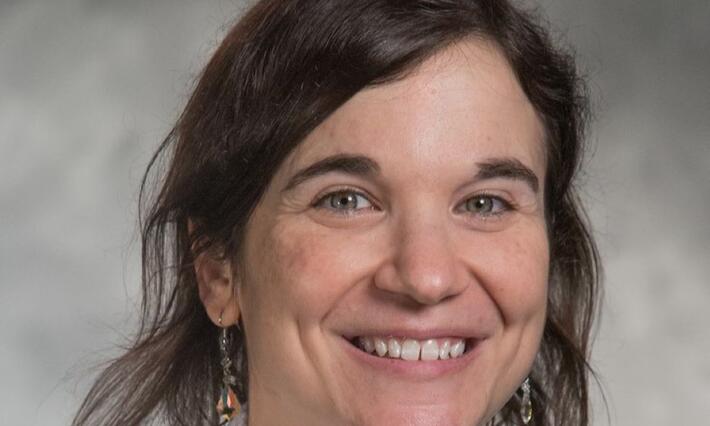A recent study sheds new light on the prevalence of positive lung cancer screenings in patients following a low-dose chest CT (LDCT) for lung cancer screening. Tina Tailor, MD, diagnostic radiologist with the Duke Cancer Institute (DCI) thoracic cancer disease group, published her findings from this study in the Journal of the American College of Radiology.
Tailor’s research compared clinical screening results from the American College of Radiology’s (ACR) Lung Cancer Screening Registry, a national registry of LDCT screening exams, to results from the National Lung Screening Trial (NLST), which was a hallmark clinical trial establishing reduced lung cancer mortality in high-risk patients receiving annual screening with LDCT exams. Tailor and her team found higher rates of positive LDCT screening exams in the national screening registry compared to the NLST, likely implying a need for more follow-up imaging and interventions in clinical screening practice.
Tailor’s research focused on a heterogeneous group of patients from the U.S. and is one of the first studies to compare large scale real-world national screening data to the NLST’s findings.
“While the ACR Lung Cancer Screening Registry did not have robust data on actual lung cancer outcomes, we can infer that more positive screening exams lead to more follow-up imaging or biopsies than observed in the NLST population,” Tailor said.
An important distinction between patients in clinical screening practice and participants in the NLST is that patients undergoing screening in actual clinical settings may have higher morbidities, such as respiratory disease and cardiovascular disease. This may help explain the higher positive screening rate found in the national clinical setting. Tailor also notes that their study provides a national bird’s-eye view of lung cancer screening, and how and if these results will be mirrored in individual screening programs is unknown.
Beyond a better real-world understanding of the national landscape of lung cancer screening, Tailor said these results highlight how important it is for lung cancer screening programs to be fully equipped to offer the necessary downstream care that must occur after a positive screening exam. Tailor encourages patients who have a current or former history of smoking to speak to their provider about seeking screening at Duke. Tailor is the research director of Duke’s Lung Cancer Screening program, which features a dedicated lung cancer screening clinic and multidisciplinary review of all positive screening scans by a team of Duke subspecialty providers, including radiology, thoracic surgery, and pulmonology. These capabilities help set Duke apart from other screening programs.
“When providers identify high-risk patients who are eligible for screening, they should work to get those patients screened at an institution like Duke with appropriate mechanisms for downstream care and treatment,” she said. “These patients benefit from comprehensive screening programs with robust follow-up capabilities, and Duke is in a unique position to offer that.”




